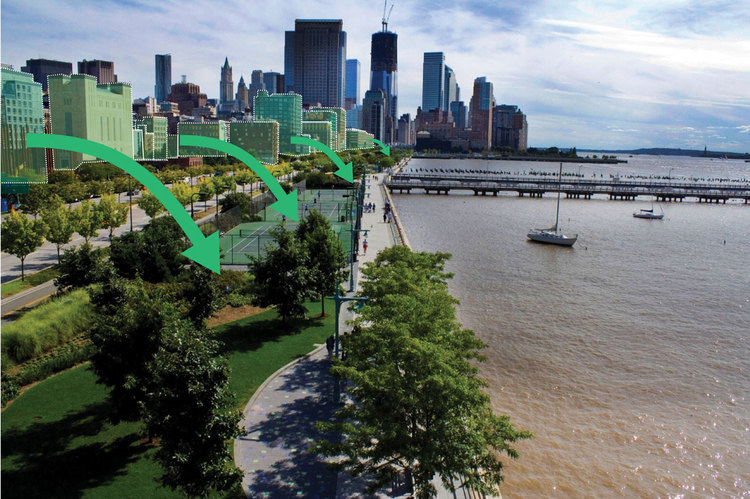
Even though the City has created dozens of waterfront parks in recent years, there has been no thoughtful, comprehensive, and long-term vision for park upkeep citywide.
When the City plans to create a new open space or waterfront park, they negotiate with the Parks Department and real estate developers to secure maintenance money. Those agreements rarely yield enough to cover critical investments, like pile or bulkhead repairs. And though parks have an enormous impact on the surrounding community, they rarely capture the increased real estate value.
One solution for existing parks that cannot meet their maintenance needs is the “Neighborhood Improvement District,” which we have proposed for Hudson River Park. Borrowing from the Business Improvement District model, the proposed district would assess a nominal fee–15 cents per square foot for commercial real estate, and 7.5 cents for residential real estate–from property owners within a two-block radius of the park.
When developing new parks and open spaces citywide, the City should explore the use of tax-increment financing (TIFs). TIFs set aside future increases in property taxes to subsidize development. The increase in property value is substantial–at Hudson River Park, the value of adjacent properties jumped over 100% from 2003-2007, 20% of which can be directly attributed to park development.
We need to find a way to build out the waterfront, not retreat from it.
Image: Hudson River Park Trust. Graphic: Urban Design Forum.